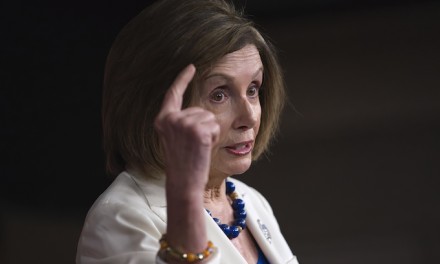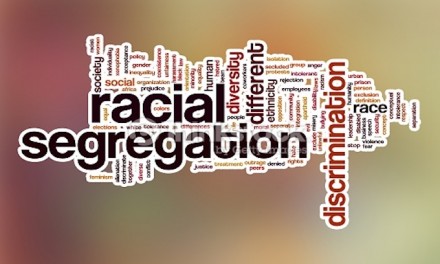The United Kingdom is giving school children a diverse array of 25 options when it comes to identifying themselves on a government-sponsored gender survey, which includes “tri-gender,” “genderqueer,” and “in the middle of boy and girl.”
The survey given to 13- to 18-year-old teens in Brighton, U.K., was produced by the government-sponsored Children’s Commissioner for England. It is described by many as being bizarre and misleading, at best.
Teens were prompted to check “as many as they wanted” on the questionnaire, which included “demi-boy,” “agender,” and “gender fluid” alongside the traditional options of “boy,” “girl,” “male” and “female.”
The U.K.-based Christian Institute argues that it is “totally misleading” for the government to give the new controversial terms equal weight to the traditional ones.
Public outcry
According to one columnist in a Brighton newspaper, U.K. schools are “unnecessarily making all teenagers question their basic identity,” while an editorial posted in the Daily Mail called the questions “frankly bizarre,” noting that it only produced “uncertainty and distress in the minds of all-too-vulnerable adolescents.”
The city council sent the survey to every secondary school in the cities of Brighton and Hove, according to The Argus, Brighton’s local newspaper. The purpose of the survey was explained by the Children’s Commissioner’s office, which insisted that it would help to reveal “how gender matters to young people.”
After a number of newspaper inquiries were made, the gender survey was withdrawn for the time-being. In lieu of the decision, it was announced by a spokesman with the Children’s Commissioner’s Office that the controversial question will not be included in the future versions of its student survey.
The question in the survey at the center of the controversy was number 13, which asked, “How do you define your gender?” The loaded question was followed by more than two dozen options from which secondary school students had to choose.
The selection list included: “Agender,” “All genders,” “Androgynous,” “Bi-gender,” “Boy,” “Demi-boy,” “Demi-girl,” “Female,” “Gender fluid,” “Gender nonconforming,” “Genderqueer,” “Girl,” “In the middle of boy and girl,” “Intersex,” “Male,” “Non-binary,” “Not sure,” “Others (please state),” “Rather not say,” “Tomboy,” “Trans-boy,” “Trans-girl,” Tri-gender,” “Young man” and “Young woman.”
Why the confusion?
Christian Institute Deputy Director Simon Calvert maintains that there are simply two sexes — not 20-plus genders — and that the survey only incited confusion and jesting.
“[Giving children so many option will spur answers] across the spectrum — not least from kids who want to make fun of the whole thing,” Calvert contends. “But for some children, it will be profoundly confusing to find out that there are adults who don’t seem to know that boys are boys and girls are girls.”
He says that prompting children to identify themselves with confusing labels does not help them, but actually contributes to the emerging social problems of our times — creating a safety issue.
“We feel for people who struggle with gender dysphoria but we must not let our sympathy for them outweigh our sympathy for the great mass of children who need to feel safe and protected in school,” Calvert continued.
The British Christian leader insists that the distinctions given in the Bible about human sexuality are the given by God to safeguard them from falling into all types of deviant attitudes, behaviors, and lifestyles.
“To feel safe, children need to know there are some simple boundaries in life,” Calvert explains. “The basic biological categories of male and female are amongst the most simple and fundamental boundaries of all.”
It is argued that adults must lead the younger generations to understanding and clarity on their sexuality — not lead them toward confusion and sexually deviant behaviors that are detrimental to their physical, emotional and spiritual health to forward an agenda.
“We must not intrude on childhood by deliberately confusing school children about what makes a boy a boy or a girl a girl just to satisfy adult political agendas,” Calvert concludes. “We must protect children from being made to feel that passing phases of confused feelings about themselves — which many go through — must be turned into life-changing moral and political decisions.”


















Recent Comments